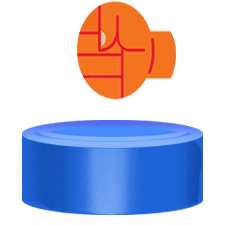Install Steam
login
|
language
简体中文 (Simplified Chinese)
繁體中文 (Traditional Chinese)
日本語 (Japanese)
한국어 (Korean)
ไทย (Thai)
Български (Bulgarian)
Čeština (Czech)
Dansk (Danish)
Deutsch (German)
Español - España (Spanish - Spain)
Español - Latinoamérica (Spanish - Latin America)
Ελληνικά (Greek)
Français (French)
Italiano (Italian)
Bahasa Indonesia (Indonesian)
Magyar (Hungarian)
Nederlands (Dutch)
Norsk (Norwegian)
Polski (Polish)
Português (Portuguese - Portugal)
Português - Brasil (Portuguese - Brazil)
Română (Romanian)
Русский (Russian)
Suomi (Finnish)
Svenska (Swedish)
Türkçe (Turkish)
Tiếng Việt (Vietnamese)
Українська (Ukrainian)
Report a translation problem
























I don't think I'll update the guide anymore unless I come back to the game.
Nothing against the game though, it's great.
But io dont get Fortification. Could u please explain why my numbers getting up and down?
The whole explaination text of fortification confuses me ( english is obviously not my first language hope)
edit: clarity
Similarly with the Smuggler and Shrine Summoner (makes two shrines when you kill it btw) ; I feel like those are obvious enough when you see them?
Also don't actually want to tell people what to get/do, just set them up to figure things out for themselves. Best smuggler picks depend on far too many factors anyway.
Also, I need to update everything for the new version that just came out and some info i saw, but I haven't even had time to play it yet; main things are slows are better now and explosion etc i was just wrong on something.
Not sure a "what the smuggler is" section is needed, but I guess it would be helpful to explain in how far the illegal spells offered there are different from regular ones, and perhaps some 'best-of' smuggler upgrade choices?